Managing Your Woods for Wildlife
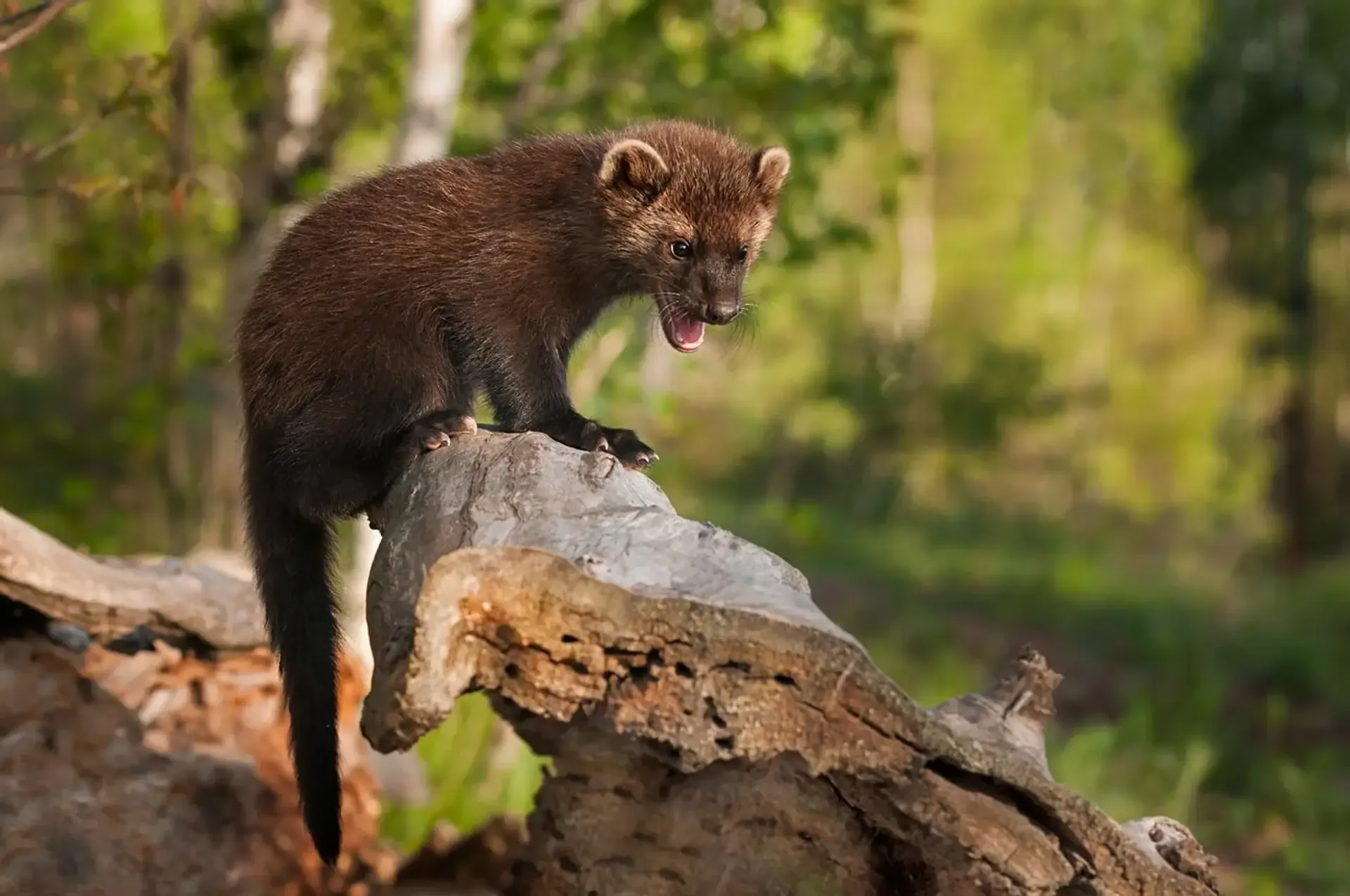
A young fisher stands on top of a log in a clearing. The forest around the kit (or a young fisher) is lush and green.
With autumn colors spurring on winter migrations and the final excitement for animals getting ready for winter, it gives us a chance to think about wildlife in our lives. Humans and wild animals have a unique relationship that goes back eons and continues today.
Many family forest landowners are interested in continuing that relationship with the wildlife on their land. In this post, we offer some tips on how you can manage your land to make it more suitable for wildlife habitat. We feature several game species, white-tailed deer and wild turkeys, and some non-game bird communities.
Step One: Figure Out What You Want
First, you’ll need to decide on an objective. Then you can determine how feasible it is to get what you want, as well as the best way to get there.
The biggest question to ask yourself is, how will habitat manipulations benefit your target wildlife populations? In some cases, the impact may be minimal, whereas in others you will see significant results.
For example, white-tailed deer are very widespread, so increasing habitat quality will usually benefit deer. On the other hand, northern bobwhites (quail) populations have suffered throughout their native range across eastern North America. They are relegated to large tracts of early successional habitat, that is maintained by disturbance such as fire.
If you don’t currently have quail on your property, habitat management targeting quail probably won’t yield results.
For more detail on these and other common species, we have included additional information on ideal habitat conditions for canopy birds located at the bottom of this post.
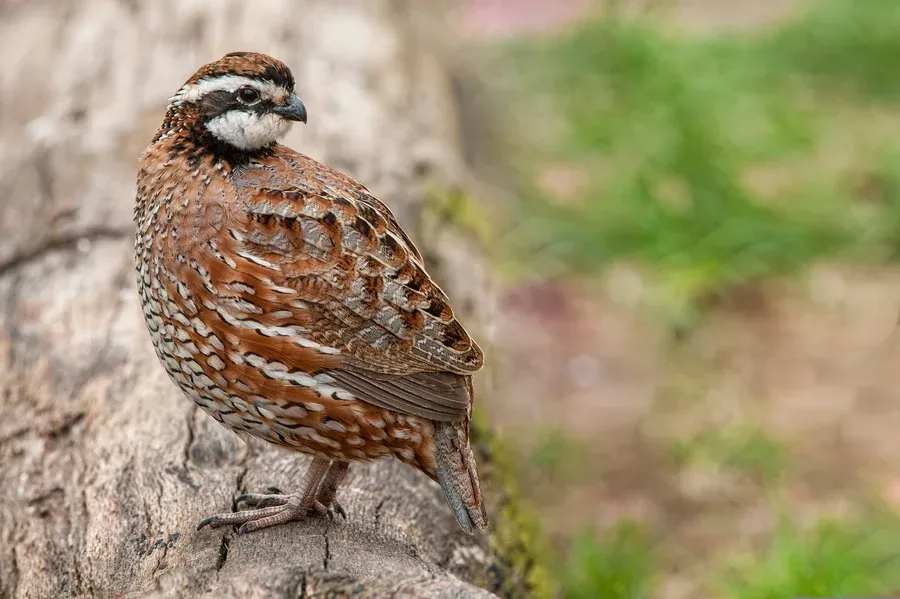
A northern bobwhite quail rests on a felled tree in a clearing.
Step Two: Take Stock of What you Have
Once you’ve identified a target species, the next step is to determine the path of least resistance to improve habitat conditions. Here are a few questions to ask yourself before planning any work in your woodland.
What’s already working? In most cases, you’ll want to protect and manage what you already have in your woodland. For example, the acorns produced by oak trees are consumed by over one hundred different wildlife species. Do your best to protect these naturally occurring sources of food and shelter.
What’s currently limiting wildlife habitats in your forest now? There are a host of needs that species require to find suitable habitat. If one of these needs is unmet, it could affect an animal’s decision to frequent your property. For example, the best fall and winter habitat for wild turkey is mature hardwoods or pine hardwoods. Meanwhile, young turkey poults need insects provided in young grass-forb habitat. This level of diversity is not always found within turkey range and can therefore impact habitat quality.
Finally, what’s the best bang for your buck? Sometimes just a little change yields good results. Use what is natural and suited to your land as much as you can. You don’t have to start from bare ground. For example, don’t bulldoze your native hardwoods to plant sawtooth oak!
Step Three: Do Your Research & Create a Plan
The internet can be a great preliminary source of information as you begin your research for managing your land to promote wildlife habitat. You can use resources such as the Family Forest Blog, and American Tree Farm System website to inform your decisions and ask further questions. Each forest type and region should be managed differently, so you may have to research very specific management techniques depending on the trees on your property. For advice specific to your region, we recommend starting with your state forestry or wildlife agency’s website, which can be a good source of information and resources. You can also call your preferred forester to get more information about your woodlands specifically. While it’s tempting to get right down to business, it’s important to think ahead to 10, 15, or even 20 years down the road and consider how the actions you take on your land will impact the long-term health of your forest. Before you begin any management activities on your land, we recommend meeting with a professional forester to discuss your options and devise a plan.
If you live in a state where the Family Forest Carbon Program operates, you may consider how enrolling in the program can help you reach your wildlife goals. The improved forest management techniques employed as part of our program result in healthier forests, and the co-benefits often result in improved water quality and air quality, increased soil health, as well as enhanced wildlife habitat on your land.
As part of the Family Forest Carbon Program, you’ll receive payments for implementing forest management practices that increase the carbon captured and stored on your land. You’ll receive an expert consultation from a forester, as well as financial and technical support in developing a forest management plan uniquely designed for your property and your goals. To be eligible, you must have forested property in a state we operate in, own 30 or more acres of non-planted, naturally regenerating trees on your property, have the legal right to harvest on your land, and be willing to commit to a 20-year agreement.
A Few More Things…
Before you go, we want to provide a bit more information on ideal habitat conditions for some common species. Enjoy!
Deer
Deer are primarily browsers. Habitat variety with ample young stands will provide areas for animals to browse. There are many native plants that deer relish, including: greenbriar, honeysuckle, yellow jasmine, blackberry, dewberry, pokeweed (right), and several others.
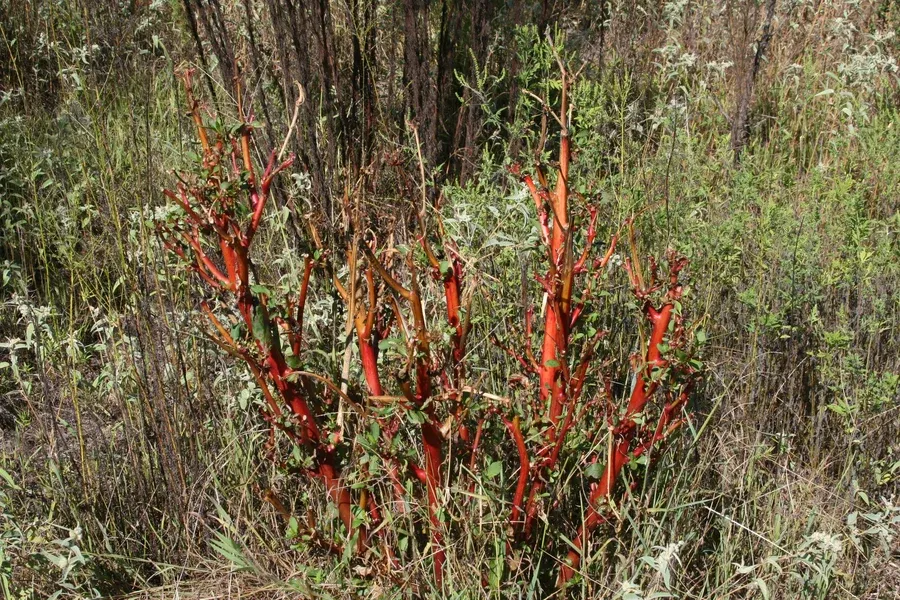
Pokeweed is a preferred deer browse in late summer.
Wild Turkeys
The best habitat for turkeys is a mixture of mature woods and openings. These are the turkey’s two primary habitat components. As mentioned above, the best fall and winter range is mature hardwoods or pine-hardwoods, but the best brood range for young poults is short grass-forb vegetation. If not managed to maintain this stage of succession, the grass-forb habitat soon succeeds to a thicker brush, which is okay for deer, but not suitable for turkeys.
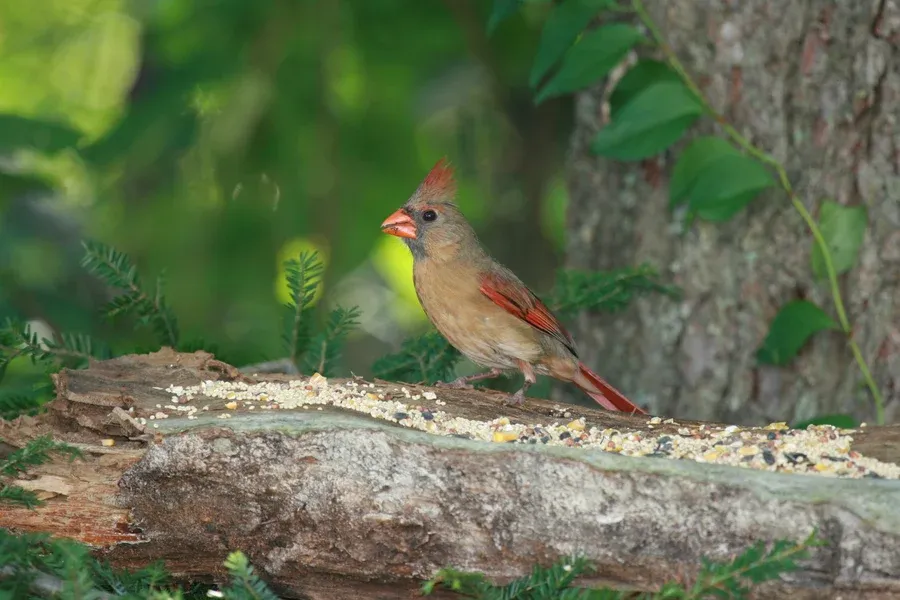
A female northern cardinal rests on a branch in a thick shrubby setting. These birds are agile fliers, able to move through dense woodlands with ease.
Shrub-associated birds
There is a variety of bird species associated with short, shrub-stage vegetation. Maintaining this habitat usually benefits these bird species: yellow-breasted chats, indigo buntings, prairie warblers, and northern cardinals.
Canopy dwelling birds
These birds are associated with tree canopies. Mature stands often include these species, such as: the tufted titmouse, red-eyed vireo, yellow-billed cuckoo, and the tanagers.
Hopefully this information allows you to do what you can on your land to make your wildlife habitat better and enjoy the wildlife populations we have today!
Related Articles

October 10, 2023
Forester Spotlight: Brittany VanderWall
This week, we’re highlighting Brittany VanderWall in our Family Forest Carbon Program forester series. Brittany works with landowners throughout Michigan.
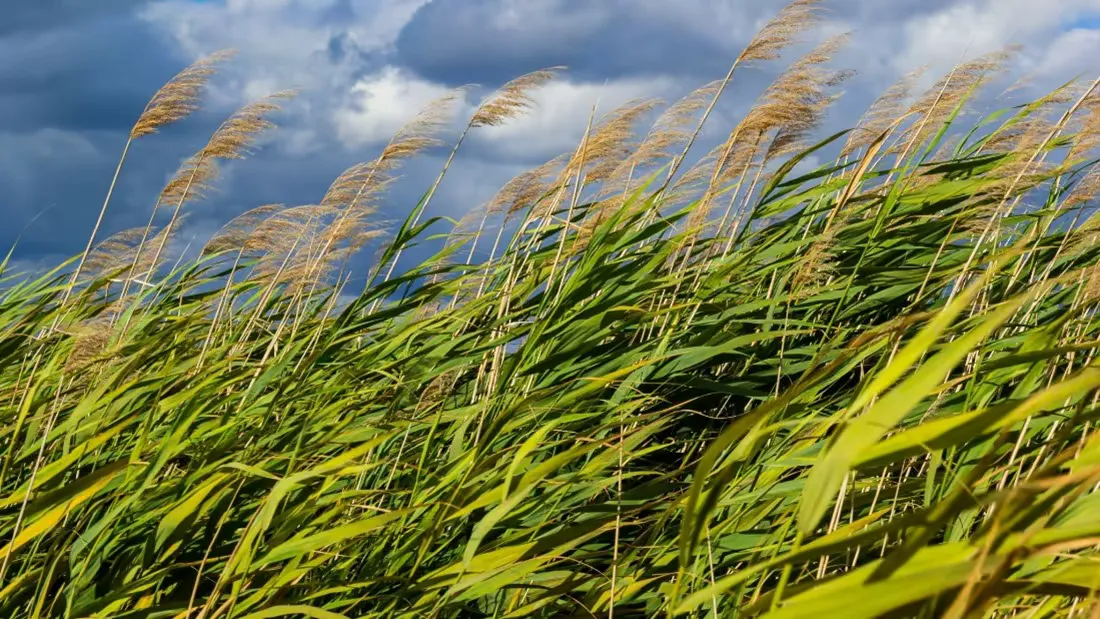
October 6, 2023
Managing Invasive Plant Species in the Northeast
60-70% of Vermont, New York and Massachusetts consist of woodlands, and this thriving ecosystem can be jeopardized when invasive plant species outcompete native species.
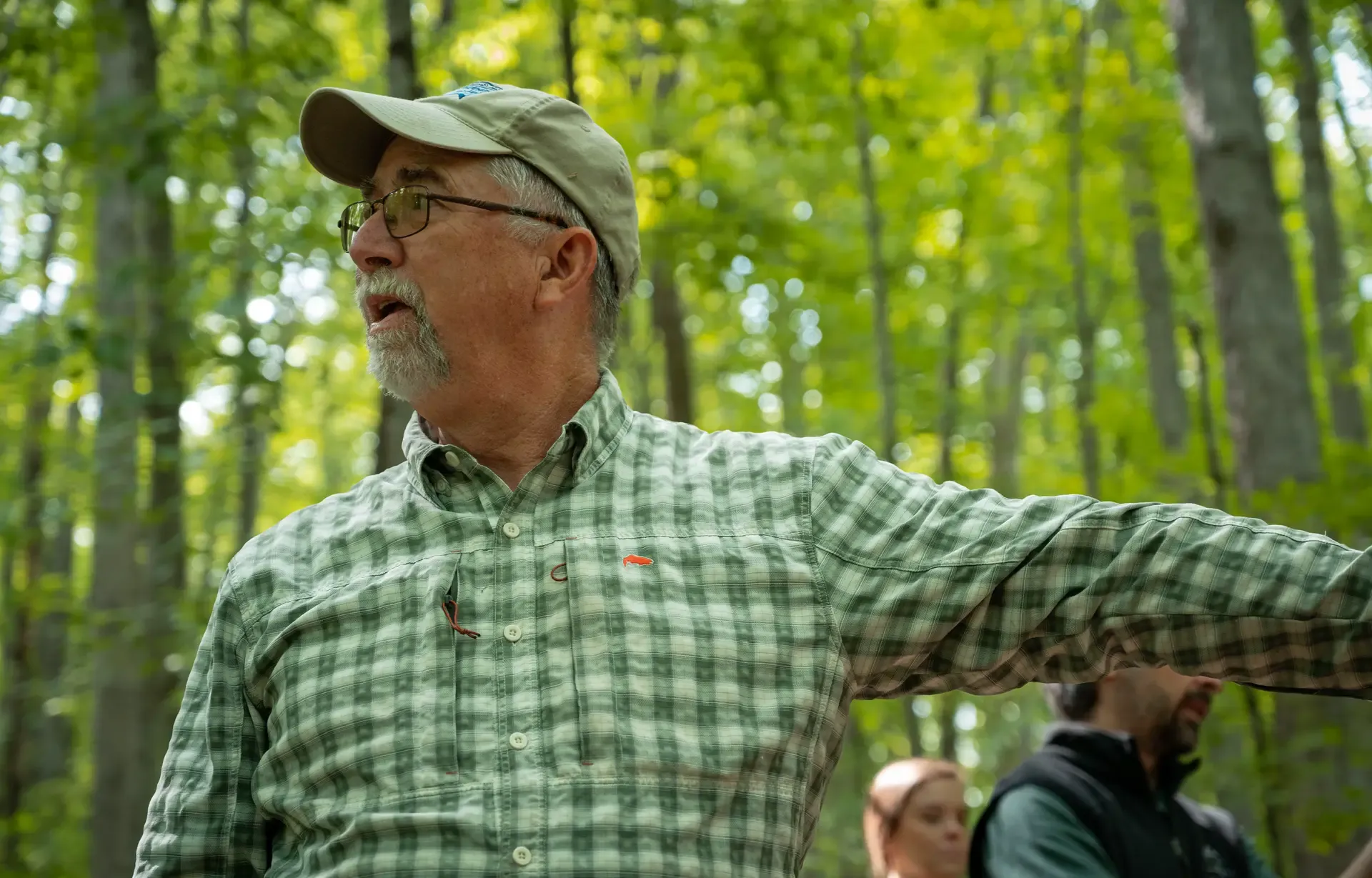
October 4, 2023
John Schmidt: Keeper of the Woods
AFF traveled to learn about John Schmidt's West Virginian woodlands and why he enrolled in the Family Forest Carbon Program (FFCP).